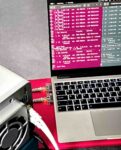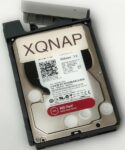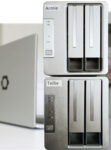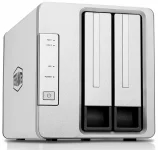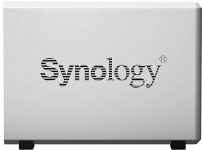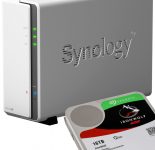Unraid Revisited with the LincStation N1 (part 2)

While we wait for the major Unraid upgrade that will allow us to dispense with our pseudo Unraid array, we’ve been making a few cautious changes to the LincStation N1 installation we described in part 1. And although it remains without data redundancy, we’ve increasingly come to rely on it for media storage and deployment across the LAN. This isn’t as stupid as it might sound. One of our key “cautious changes” is the implementation… Now read on…


